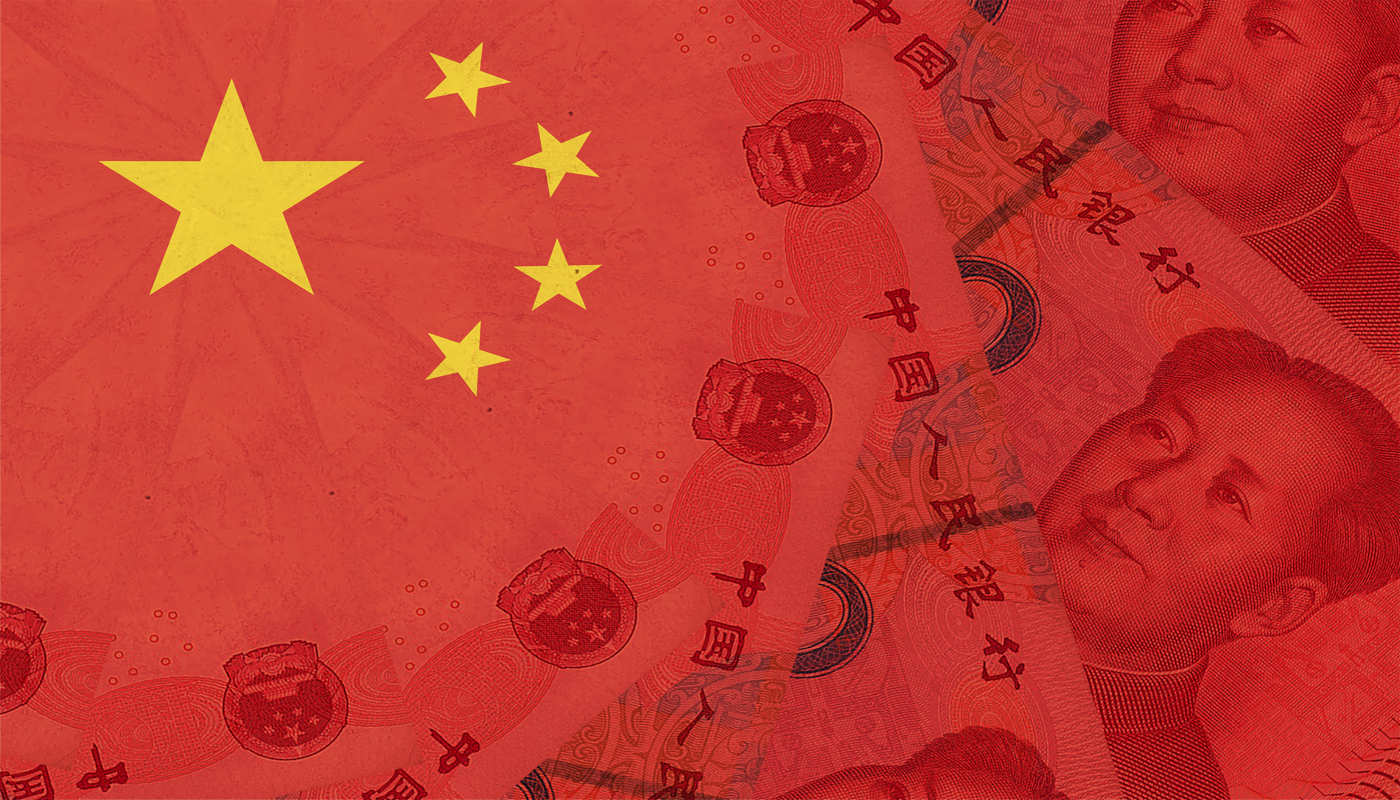
The increased liquidity and credit risks imposed by COVID-19 have forced many Chinese businesses to rack up debt, with some now in danger of running out of cash. Small and medium-sized enterprises (SMEs), faced with large expenses and drastically declining operating income, have been hit particularly hard.
Against this backdrop, China recently rolled out pandemic bonds - instruments that can potentially mitigate short-term debt but also come with risks of their own.
In the aftermath of government restrictions that were put in place after the outbreak of the coronavirus in late January, China's economy was essentially shutdown for roughly six weeks. During the shutdown, SMEs and other business had to continue to manage rigid expenses (e.g., rent, property management fees and taxes) while simultaneously paying wages to an idle workforce.

Liquidity risks rose significantly during this period, because of the increase in deficits, the decline in operating income and the cash crunch.
What's more, for those firms with a high financial leverage ratio and maturing debts, the liquidity risks may escalate into credit risks. Indeed, as long as the pandemic persists, many SMEs will continue to face the risk of running out of cash.
To negate these destructive effects, Chinese stock exchanges and the inter-bank market have opened green channels to enterprises in need of funds in the pandemic period, helping them complete approval and issuance of bonds within a short period of time. Through pandemic bonds, SMEs can gain quick access to the capital they need - within one day, in the fastest cases.
In China, the first pandemic bonds were issued on February 5. As of mid-March, 420 pandemic bonds had been launched in total, with a value of roughly RMB 344.628 billion. Most of them are short-term: indeed, 66.7% of all pandemic bonds that have been issued have a term shorter than one year.
Primarily intended to mitigate short-term debt crises, these bonds enable firms to repay their short-term debts more expeditiously. Pandemic bond statistics show that most issuers are using the capital they have raise for debt repayment. Roughly 27.62% of all funds collected have been spent on current capital replenishment and acquisition of pandemic control materials, with the remaining 72.38% on repayment of due debts.
The capital influx is not only helping SMEs pay their fixed monthly costs (like wage and rent) but also mitigates short-run liquidity risks. Moreover, through repayment of debts, SMEs are now able to engage in debt restructuring or debt extension, which leads to lower short-term credit risks. However, while pandemic bonds have mitigated short-term credit and liquidity risks, they have also yielded leverage ratio and solvency risks.
Pandemic Bonds: Major Future Risks
The National Development and Reform Committee's green channel policy stipulates that repayment with the pandemic bond funds is limited to debts that become due in 2020. So, businesses that use the special green channels to issue pandemic bonds at a faster pace will also see their short-term financial leverage ratio increase.
According to statistics, roughly 22.6% of regular public bonds (enterprise, corporate debenture, medium-term note, etc.) in China will mature in 2020, while 19.8% will mature in 2021. The average expiration time is 2.64 years. This means that some pandemic bonds and regular bonds will inevitably come due almost at the same time, placing even greater repayment pressure on pandemic-bond issuers.
What's more, even with China now in the early stages of an economic recovery, it will take time for enterprises (particularly those dealing with catering, tourism and film) to fully restore normal production.
Globally, the situation is compounded by the probable pandemic-driven decline in exports. Specifically, the operations of China's SMEs will likely be compromised by weak export demand and low capacity utilization rates, making them less capable of bond repayment.
In sum, as a financing tool introduced in this special period, pandemic bonds are helping SMEs address the current debit crisis by passing on their credit risks to a later stage. But the debt-related credit problems facing vulnerable institutions will not truly be resolved until they improve their profitability.
Yu Xiaojian is an associate professor at the School of Economics and Commerce, and vice director of finance and the Financial Engineering Research Center, at South China University of Technology. He has extensive experience in risk management research.
Zeng Wenzheng is a finance research assistant at the Financial Engineering Research Center, South China University of Technology.